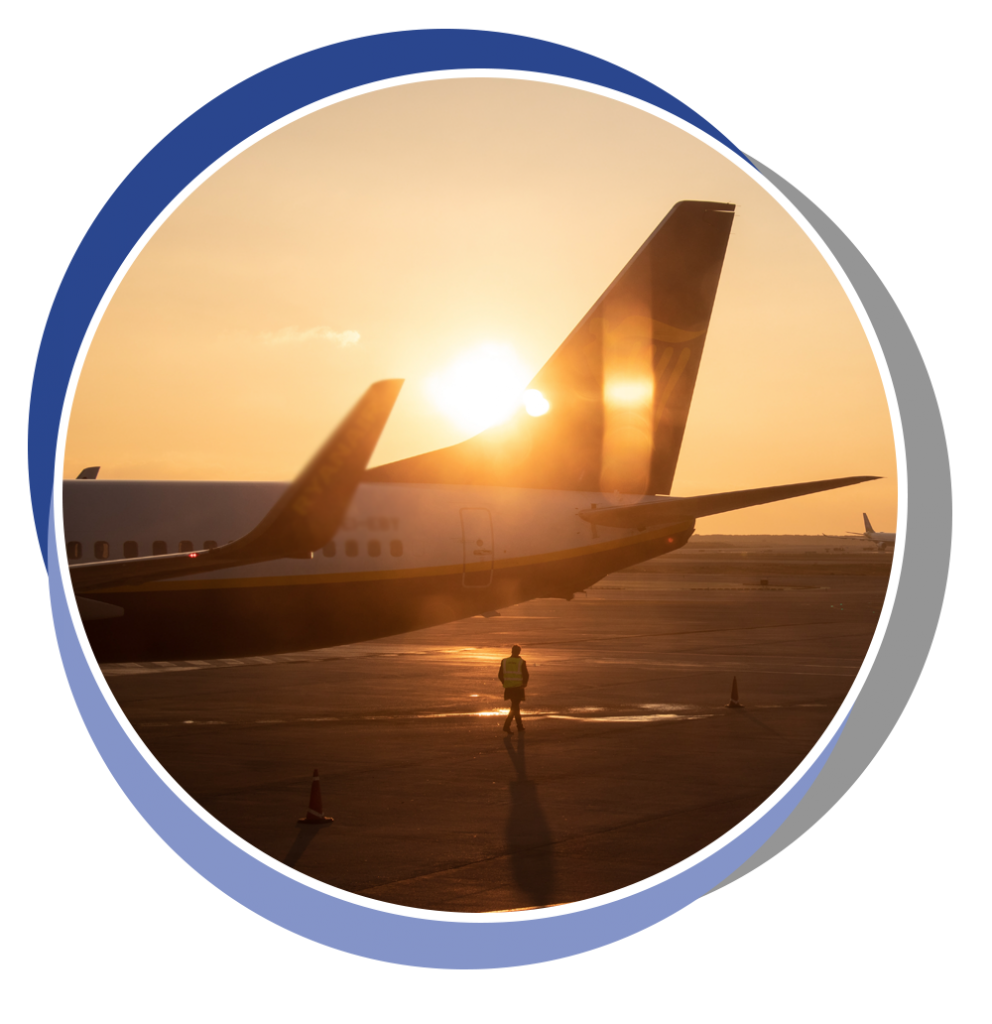
EXCELLENCE, OR NOTHING
SKYE® is an advanced engineering company formed by a team of flight simulator professionals from Montreal, Canada. Our core business is in flight simulator upgrades and avionics systems test equipment.
SKYE® offers a diverse range of engineering products and services for the flight simulation industry. Our capabilities include avionics, aerodynamics / flight, flight controls, engines, rehost, IOS, visuals, and other updates. Our team of accomplished designers, technicians and software engineers, will deliver a wide range of training center equipment needs.
Our Accomplishments
– B767-300ER blockpoint and EET/UPRT updates on an FSI manufactured machine (Miami) FAA Approved
– B707-300 Tanker CAE manufactured device Initial Certification support (Las Vegas) FAA approved
– B737 QTG tuning (Dallas, Texas)
– King Air UPRT update on FSI manufactured FSTD (Pori, Finland), EASA approved
– B767-300ER EET/UPRT update on Thales manufactured FSTD (Sydney, Australia)
– SKYE has expanded its headquarters yet again in May 2021 to meet its need for growing lab and office space.
– B737-800W EET/UPRT update on Thales manufactured FSTD (Melbourne, Australia)
– B787-800 EET/UPRT update on CAE manufactured FSTD (Melbourne, Australia)
– B757/767, MD11, A300, ACARS multi aircraft platform rig (Memphis)
– B747 and B747F blockpoint and EET/UPRT updates on CAE manufactured machines (Detroit) FAA Approved
– B747 EET/UPRT updates on a Rediffusion manufactured machine (Miami) FAA Approved
– B777 EET/UPRT updates on a CAE manufactured machine (Miami) FAA Approved
– MD82 recommissioning back into service on a CAE manufactured machine (Monterrey, Mexico)
– B737NG recommissioning back into service on a Thales manufactured machine (Moscow, Russia) FATA Approved
– Embraer 170, technical instruction course provided for the maintenance crew (Phoenix)
– Dornier 328J FMS RNP approach issue resolved after 10 years of failure (Kissimmee)
– B777 EET/UPRT update on a CAE manufactured machine (Dubai) GCAA Approved
– B777/A300 EVAC crew trainer back into service (Dubai South)
– SKYE Tablet created for IOS additions, approved for FAA and EASA requirements for EET/UPRT functionality
– A320 TRU manufactured device QTG tuning (Colombia)
– Lear 31 CAE manufactured device visual conversion (Orlando), FAA approved
– A320 CAE manufactured device QTG tuning (Bahrain)
– ATR42 CAE manufactured device initial Qualification support (Guatemala), DGAC approved, first training device in the country

























